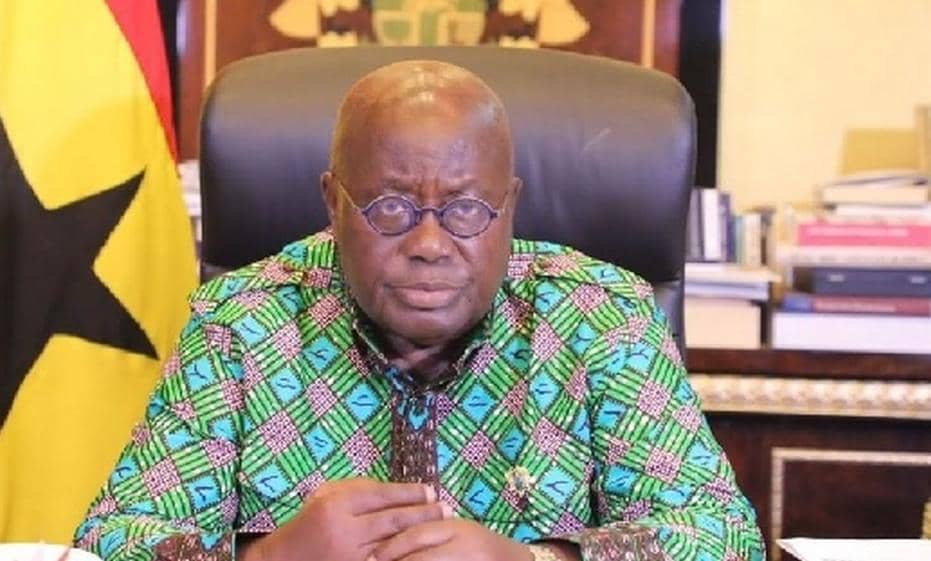The Windhoek City Council has decided to implement restrictions on the use of water as part of a drought response plan.
Residents of the city will now be compelled to wash their cars using buckets and without hose pipes, water their gardens only twice a week and keep swimming pools covered.
The Windhoek City Council decided to implement water-use restrictions during a council meeting on Wednesday last week.
The city said the water-use restrictions being implemented are aimed at reducing Windhoek’s water demand by 10%.
The city noted that the available water in the three dams supplying Windhoek with most of its water – the Von Bach, Swakoppoort and Omatako dams – “is not sufficient to supply Windhoek for a period of two years if no inflow materialises, and the Windhoek emergency borehole scheme is not activated”.
“Although Swakoppoort Dam’s level is still at 72,3%, it is important to note that its water quality is poor, besides the fact that the transfer system which links it to Von Bach Dam is very unreliable with regular interruptions,” it is stated in a council document. “Omatako Dam is virtually empty and Von Bach dam is currently only at 26,8% of capacity.”
In addition to restrictions on the use of water for gardens, the washing of cars and for swimming pools, the city council has also decided that no fountains or water features are allowed, block water tariffs move to a lower volume consumed per month before penalty tariffs apply, and it will not allow any more water leak rebates.
The City of Windhoek plans to use more groundwater, which it says is high in iron and manganese concentrates and might result in water quality problems, “mostly to do with the aesthetic appearance rather than the quality” and safety for human consumption.
The city expects a reduction in its NamWater bill because of reduced volumes of water supplied by the water utility.
The council reckons modelling figures indicate that if NamWater starts abstracting the maximum from its northern emergency water sources, the date when Von Bach Dam would run dry if it receives no inflows from rainfall moves forward to mid-April 2025.
NamWater’s northern sources are Berg Aukas and Kombat mine and boreholes in the Karstveld area.
City spokesperson Lydia Amutenya told The Namibian last week that Windhoek receives 70% of its water from NamWater. Thirty percent of the city’s water comes from its own sources, which are the Goreangab Water Reclamation Plant and boreholes.
“In a situation like this where water scarcity is looming due to the limited surface water in the dams supplying us, we have to kick-start our water-saving campaign,” Amutenya said. She cautioned that “the responsibility of water saving should be carried out by all of us, be it individuals, businesses or any institutions, ensuring that there are no leaks, and if you identify those leaks, you should fix them promptly”.
NamWater chief executive Abraham Nehemia said last week that the water utility is working on projects to ensure the supply of water to the country’s central areas, particularly Windhoek.
He said NamWater would start pumping water from the north via a supply canal to Omatako Dam and Von Bach Dam next month.
NamWater is also working to replace the old pipeline through which water is pumped from Swakoppoort Dam to Von Bach for treatment and supply to Windhoek.
Nehemia noted that the low levels of the three dams supplying water to Windhoek does not signal a water disaster, though. He said there is enough water to supply the central areas, including Windhoek, until 2025, even without inflow into the dams.
Stay informed with The Namibian – your source for credible journalism. Get in-depth reporting and opinions for
only N$85 a month. Invest in journalism, invest in democracy –
Subscribe Now!







